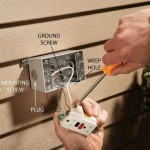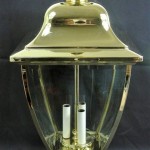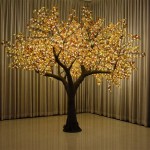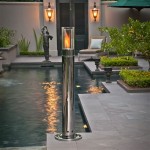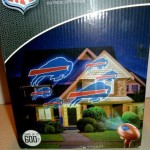What Type of Wire to Use for Outdoor Lighting: A Comprehensive Guide
When it comes to illuminating your outdoor spaces with lighting, choosing the right wire is paramount to ensure safety, functionality, and longevity. With a myriad of wire options available, understanding the key aspects to consider is essential for making an informed decision that meets your specific needs.
1. Insulation and Waterproofing:
Outdoor wires are subjected to harsh weather conditions, including moisture and temperature fluctuations. Opt for wires with durable insulation that provides excellent water resistance to prevent electrical hazards and ensure the safe operation of lighting fixtures.
2. Wire Gauge:
The wire gauge indicates the thickness of the wire, which determines its current-carrying capacity. For outdoor lighting, choose a wire gauge that is appropriate for the wattage and length of the circuit. A larger wire gauge (e.g., 12 AWG) allows for higher current flow and reduces voltage drop over longer distances.
3. Conductor Material:
The conductor material inside the wire plays a crucial role in its performance. Copper is a popular choice due to its excellent conductivity and corrosion resistance. Aluminum wires are a cost-effective alternative but may require larger gauges to compensate for their lower conductivity.
4. Direct Burial or Conduit:
Depending on the installation method, you will need to select wires designed for direct burial or use in conduits. Direct burial wires have thicker insulation and protective coatings to withstand underground exposure. Conduit wires are typically used when running wires through walls, ceilings, or underground pipes for added protection.
5. Voltage Rating:
The voltage rating of the wire must match the voltage of the lighting system you are using. Common voltage ratings for outdoor lighting include 12V, 120V, and 240V. Using a wire with an inadequate voltage rating can lead to safety hazards and equipment failure.
6. UV Resistance:
Prolonged exposure to ultraviolet (UV) radiation from sunlight can degrade the insulation of wires, leading to cracking and electrical issues. Choose wires with UV-resistant insulation to withstand the harsh outdoor environment and ensure long-term performance.
7. Certification and Standards:
Ensure that the wire you choose meets relevant industry standards and is certified by recognized organizations such as Underwriters Laboratories (UL) or the National Electrical Code (NEC). These certifications guarantee compliance with safety requirements and provide assurance of quality and reliability.
8. Additional Considerations:
- Flexibility: Choose wires with sufficient flexibility to facilitate installation and bending around corners or obstacles. - Color Coding: Wires are often color-coded to indicate their function, such as phase, neutral, and ground. - Ampacity: Determine the amperage draw of your lighting fixtures and ensure the wire you select has an appropriate ampacity to handle the current.
By carefully considering these essential aspects when choosing the right wire for outdoor lighting, you can create a safe, efficient, and durable lighting system that enhances the ambiance of your outdoor spaces for years to come.

Using A Cable To Hang String Lights Concord Carpenter

Choosing Low Voltage Lighting Transformers Cable And Wire Connectors In Lite Outdoor
How To Hang Outdoor String Lights Resource Article By Partylights Com

Outdoor Low Voltage Lighting Diy Family Handyman

10 2 Low Voltage Landscape Lighting Direct Burial Copper Wire Kings Outdoor

Newhouse Lighting 48 Ft String Light Hanging Mounting Kit Wire Hooks Stringkit2 The Home Depot

Premium 14 2 Outdoor Landscape Lighting Wire Duraflex By Syston Cable Technology

The 3 Best Smart Outdoor Lights For Backyards Of 2024 Reviews By Wirecutter

Wiring And Installing Exterior Lighting

Deluxe Spt 2 Flex Cable 50mtrs
